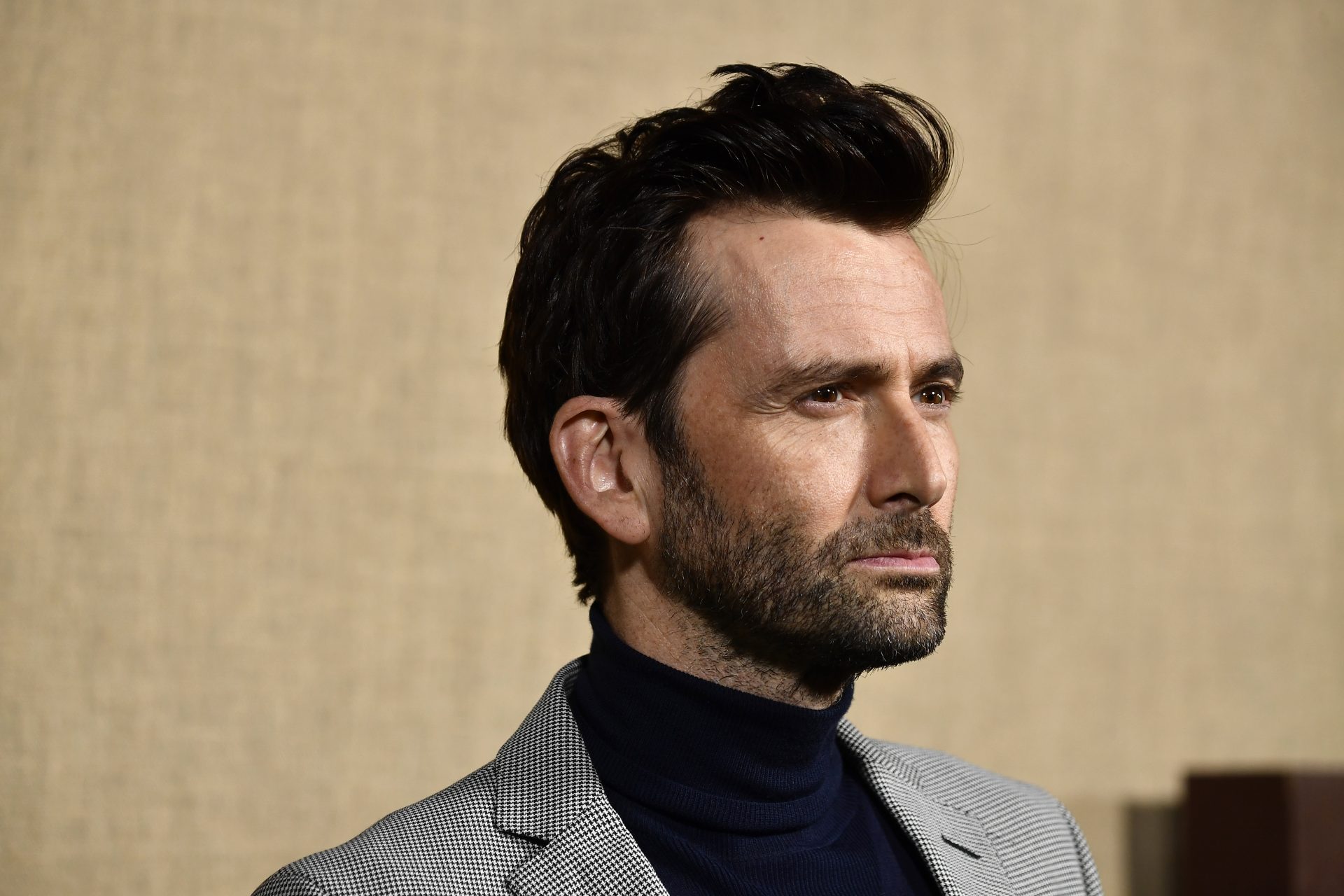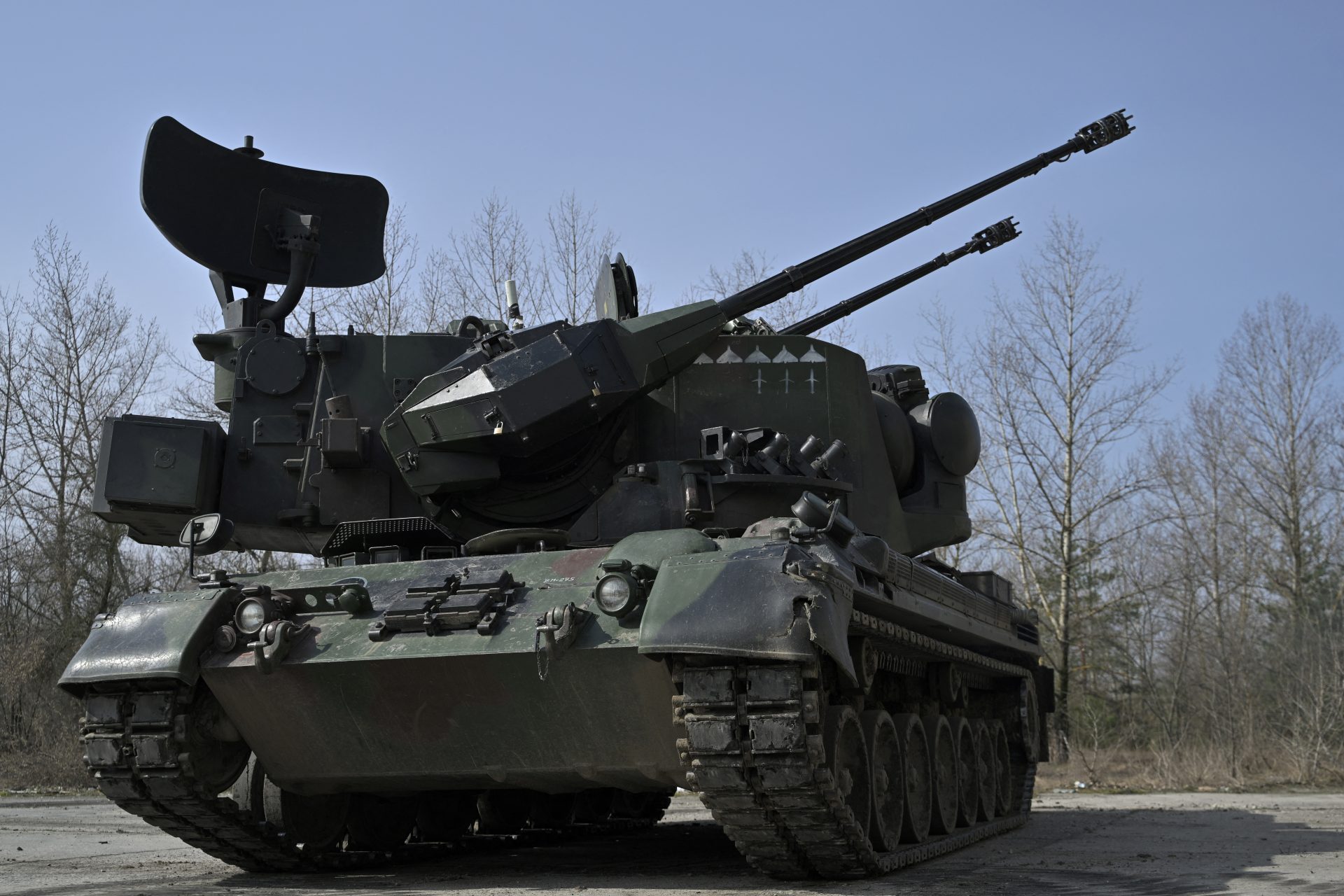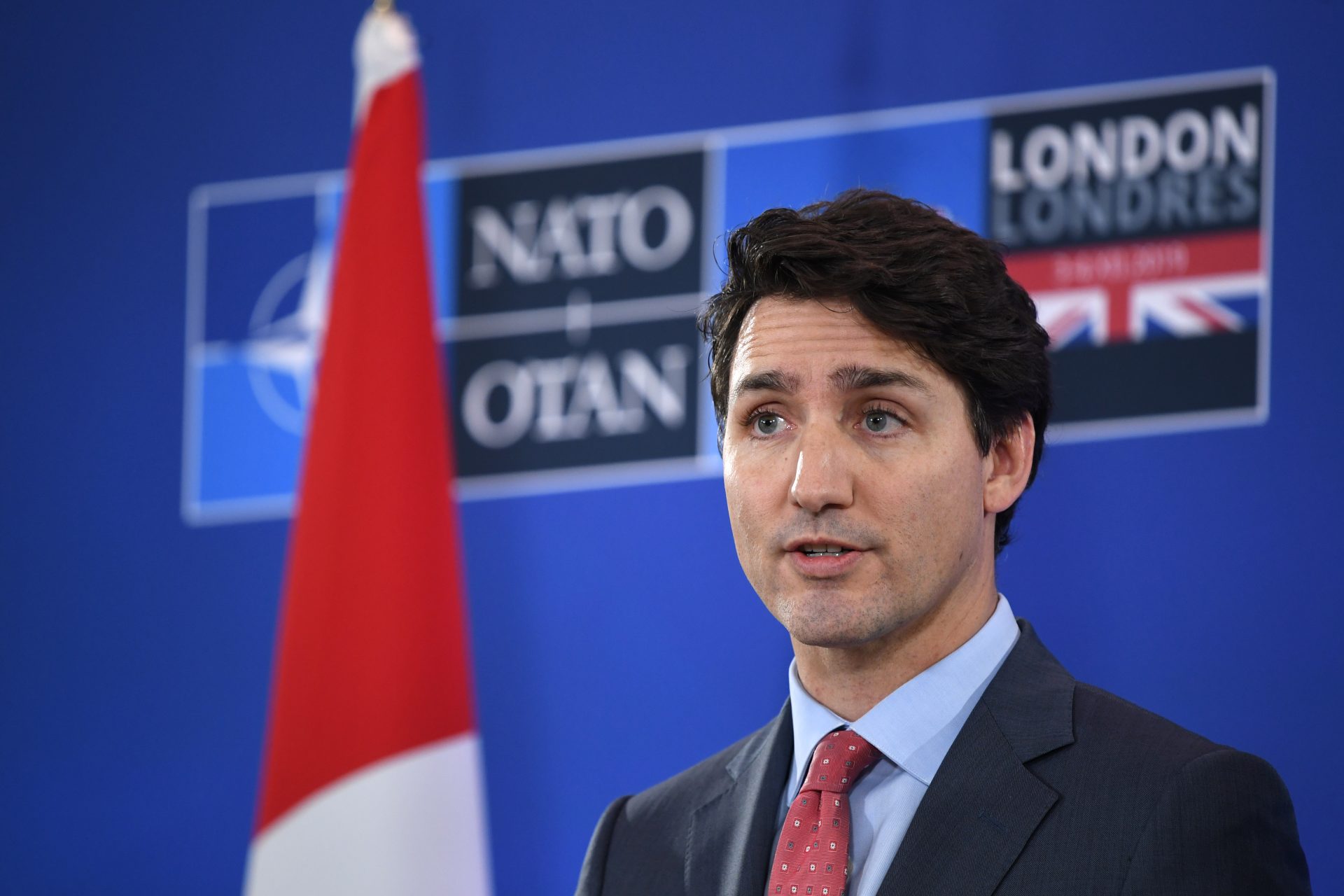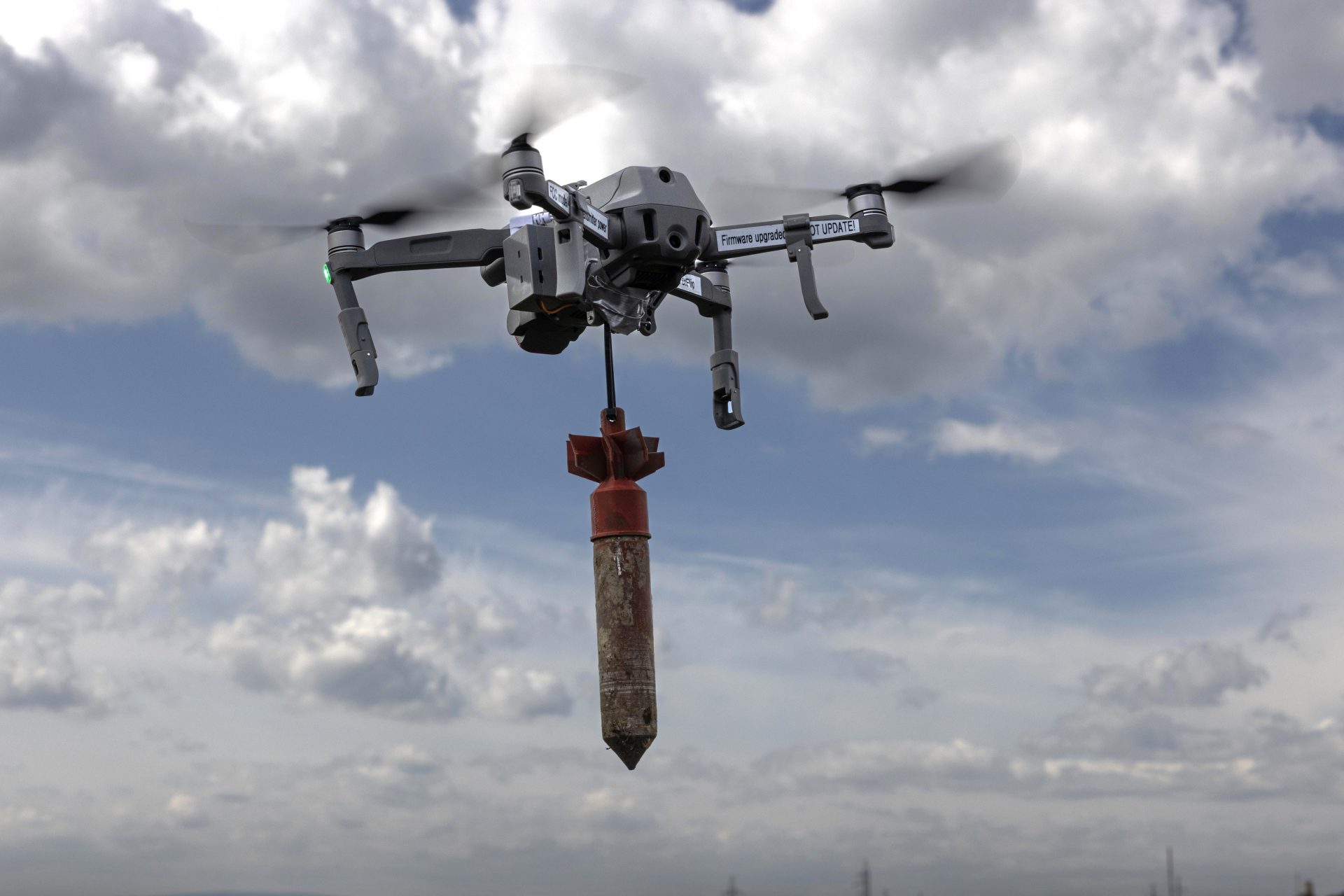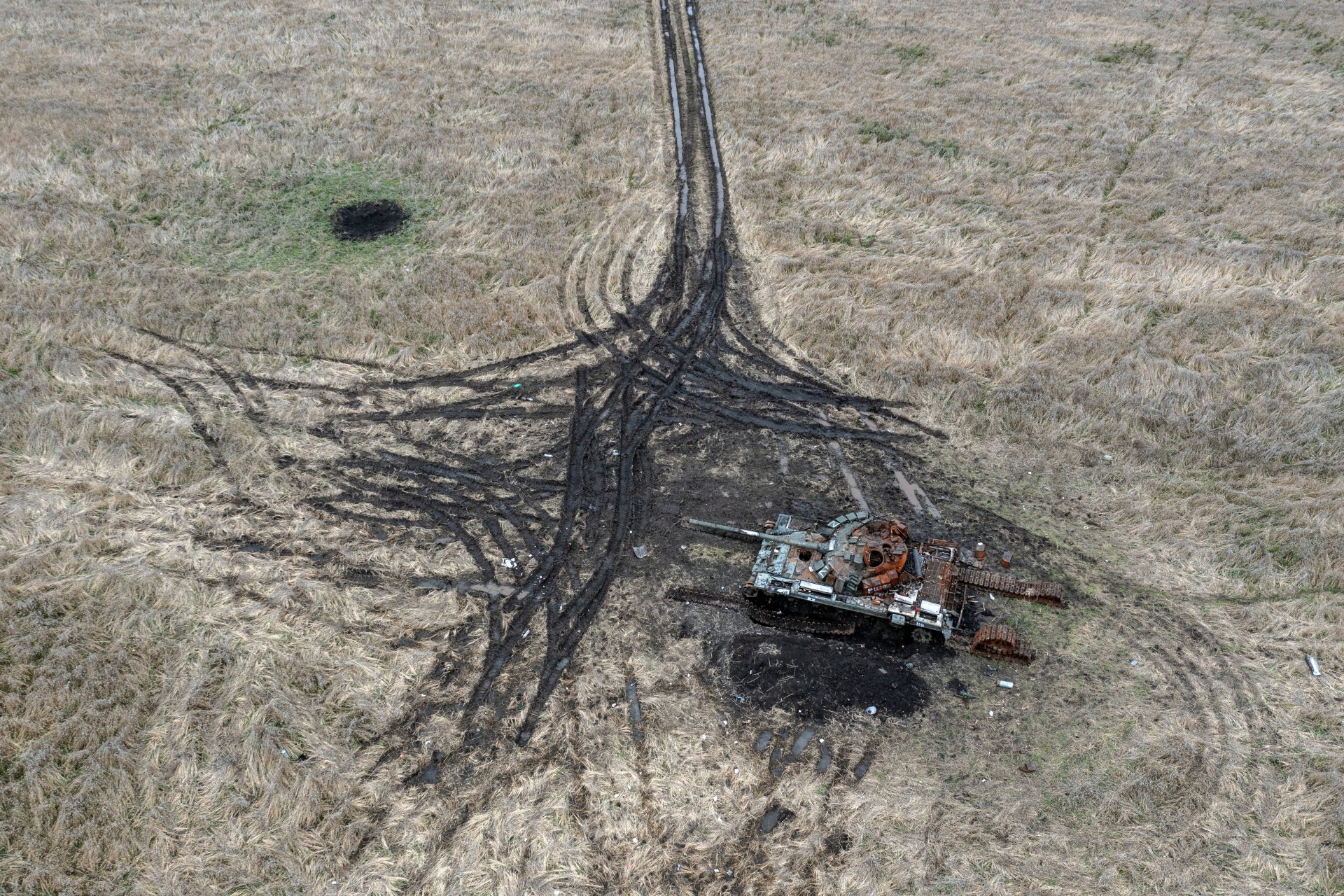Bakhmut: a city in ruins, symbol of Russia's invasion
Before the war, Bakhmut was a small city of 80,000 people located in the Donetsk region. Despite being relatively close to the Russian border and the disruptions caused by the invasion of Crimea, it was hard to imagine the destruction the city has witnessed today.
Among the few noteworthy things about Bakhmut were the local Artwinery winery and the Soledar salt mines, both forced to close due to the war.
Pictured: A couple in their 80s from Bakhmut in Lviv, driven out of their home due to the war.
The Soledar salt mines were renowned for their underground city-like complex that, among other things, contained what reportedly was the largest underground room in the world.
Artwinery, as explained by the website Wine Traveler, was established in 1950 by Soviet leader Joseph Stalin to follow the same traditional methods used for champagne. At its prime, it supplied more than half of Ukraine’s wine.
Conflict has been brewing in Bakhmut since before the invasion. When Russia annexed Crimea in 2014, pro-Russian militias tried to take over the city, only to be rebuffed by Ukrainian authorities.
In 2016, the city changed its name to Bakhmut, replacing the Soviet era name of Artemivsk. The city was renamed Artemivsk in 1924 to honor Soviet Bolshevik leader Comrade Artem.
The name change to its current form was part of a wider decommunization process, erasing names and symbols that were considered to glorify Ukraine’s Soviet past.
France 24 writes that Bakhmut was once known as “the city of wine and roses”, with one city street having a record-breaking number of 5,000 roses on display.
Pictured: The interior of the St. Nicholas Church of Bakhmut in 2015.
Now the levelled city, with less than 10% of its pre-war population, has been compared to war-torn landscapes such as Verdun and Stalingrad.
Ukrainian President Volodymyr Zelensky, during a trip to Japan to meet the G7, compared the destruction of Bakhmut to the devastation of Hiroshima during the Second World War.
“They destroyed everything,” Zelensky said, as quoted by the New York Times, during a press conference in Japan.
“There are no buildings. It’s a pity, it’s a tragedy, but for today, Bakhmut is only in our hearts. There is nothing on this space, just ground and a lot of dead Russians,” the Ukrainian President remarked.
Looking at Bakhmut now, it’s hard to imagine how people could live here. As France 24 describes it, it looks like hell on Earth.
Bakhmut, The New York Times highlights, has been the longest and deadliest battleground of the Russian invasion of Ukraine.
Both Moscow and Kyiv have claimed, at different stages, to either having taken over the city or successfully repel invading forces.
However, with thousands of civilians killed and an entire community destroyed, many wonder what kind of victory is it to rule over the ashes of a city?
More for you
Top Stories




















